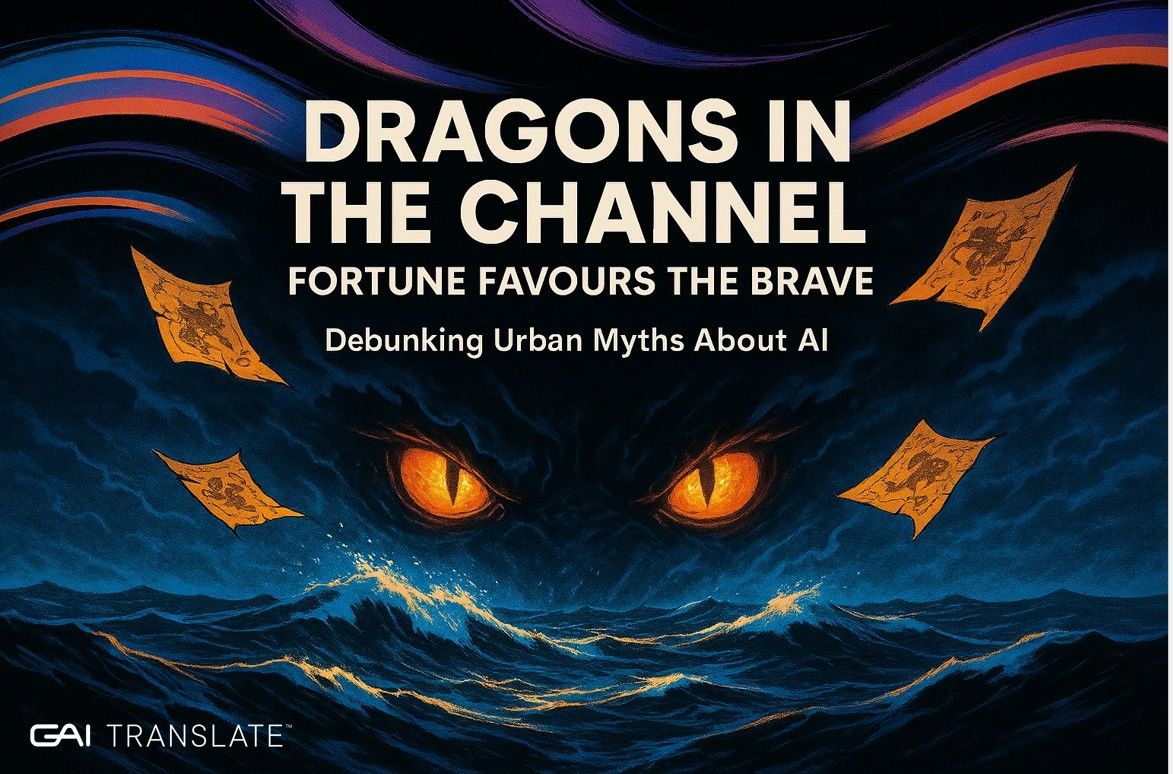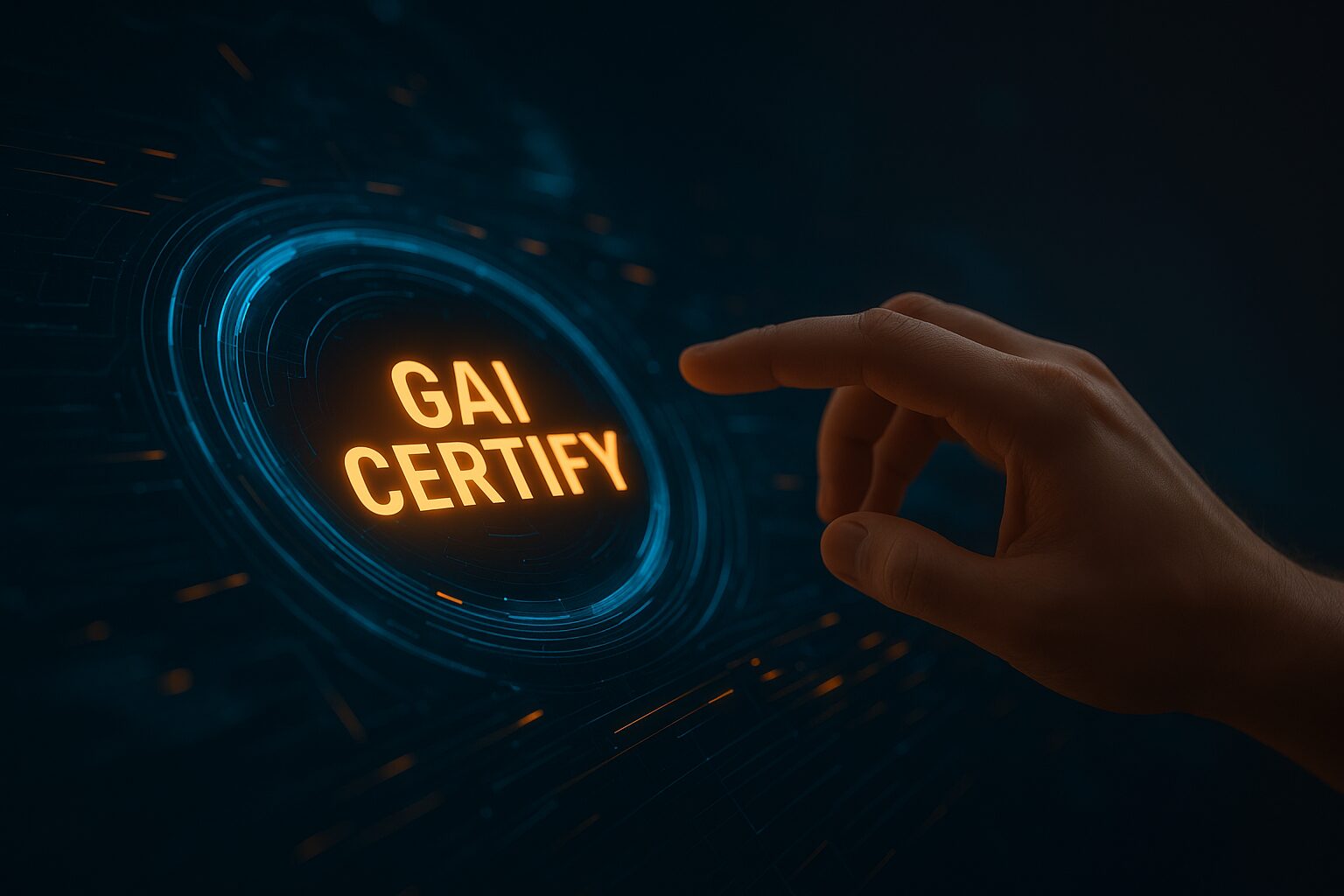Artificial intelligence (AI) is increasingly being used by businesses to cut costs, grow revenue, and increase operational efficiencies, particularly in areas such as customer service, fraud prevention and cybersecurity, inventory management, content creation, and supply chain operations. It is estimated that over three quarters of companies already use AI or plan to use it this year.
Having a well-formulated AI strategy helps organisations to deploy and use AI in ways that align with overall business objectives. This requires important decisions to be made about data governance.
Fundamental to this should be consideration of whether to use private or public AI to deliver outcomes.
The main differences between private and public AI
| Private AI | Public AI | |
|---|---|---|
| What it is | AI systems and applications that are built, deployed, and maintained using data within a secure private environment. These are custom built for individual organisations and are not public facing. | AI systems and applications that are available to the public and train on a wide set of data, typically pulled from users or customers without restrictions. |
| Examples | GAI and other custom-built AI models. | ChatGPT and Gemini. |
| Control and ownership | Full control and ownership of data and the AI system. | Limited control. External providers manage data and AI services. |
| Cost and resource allocation | Building and maintaining private AI is expensive meaning higher upfront and ongoing costs. Resource intensive requiring computational resources and expertise. | Free or subscription-based meaning lower upfront costs and pay as you go. Often cheaper, making it easier for smaller organisations to access and use. |
| Customisation and flexibility | Highly customisable. AI models are built specifically to the needs of individual organisations. | Limited or no customisation. |
| Security, privacy, and compliance | High quality datasets will result in improved accuracy. | Data is processed and stored on external servers which can raise data security, privacy, and compliance concerns. |
| Quality and accuracy | High quality datasets will result in improved accuracy. | Its more challenging to maintain high quality datasets in a public domain. |
| When to Choose | Private AI is for organisations that value data security and privacy, need high customisation and have the resources to build and maintain AI in-house. Suitable for more specialised and/or sector specific use cases. | Public AI is for organisations that are looking for a cost-effective solution that is easy to use without a large upfront investment. Suitable for generalised use cases. |
Risks of putting your data into the public domain
Putting your data into public AI solutions can be risky. One of the biggest risks is data breaches where sensitive information can be exposed or stolen by malicious actors.
Examples:
ChatGPT User Data Exposure (March 2023)
Deepfake attacks on financial institutions
Other potential risks include:
- Giving other users access to data trained on your data
- Losing ownership and control over how your data is used, shared, or monetised by third party providers.
- Non-compliance with data protection laws or other regulations required by certain industries or regions.
This highlights the importance of thinking carefully about where and how data is managed and stored when using public AI solutions.
Conclusion
Ultimately, the choice between private AI and public AI depends on each organisation’s needs, resources, and priorities. Know these and you can make informed decisions and use AI to drive growth and innovation.
SHARE THIS ARTICLE
RELATED RESOURCES
Busting the big 3 myths in AI adoption: what are you doing wrong with AI?
The conversation about adopting AI tools to translate is clouded by myths - myths that create risks and missed opportunities for global businesses. This week, Be the Business, an organisation that champions...
5 MIN READ
Certified vs. generic quality: why smart leaders choose certified translation to de-risk
The way we do business today has changed drastically. Companies are more digitised and interconnected. Organisations are facing greater risks at an increased velocity. The regulatory environment is becoming ever...
4 MIN READ
Eight ways GAI mitigates your mining risks
Mining is one of the most dangerous occupations in the world. According to research by the Lloyd's Register, one in five people in the sector was harmed at work...
5 MIN READ
Busting the big 3 myths in AI adoption: what are you doing wrong with AI?
The conversation about adopting AI tools to translate is clouded by myths - myths that create risks and missed opportunities for global businesses. This week, Be the Business, an organisation that champions...
5 MIN READ
Certified vs. generic quality: why smart leaders choose certified translation to de-risk
The way we do business today has changed drastically. Companies are more digitised and interconnected. Organisations are facing greater risks at an increased velocity. The regulatory environment is becoming ever...
4 MIN READ




